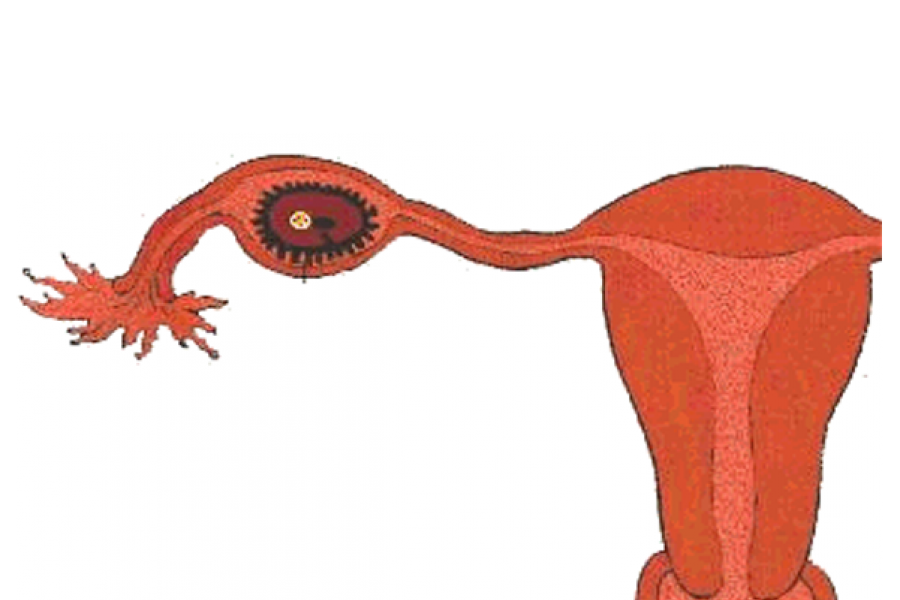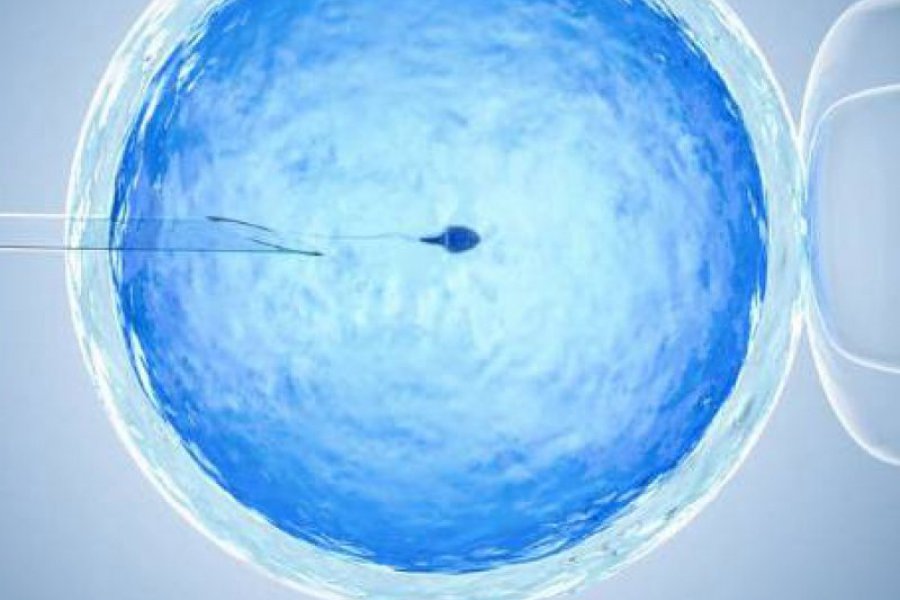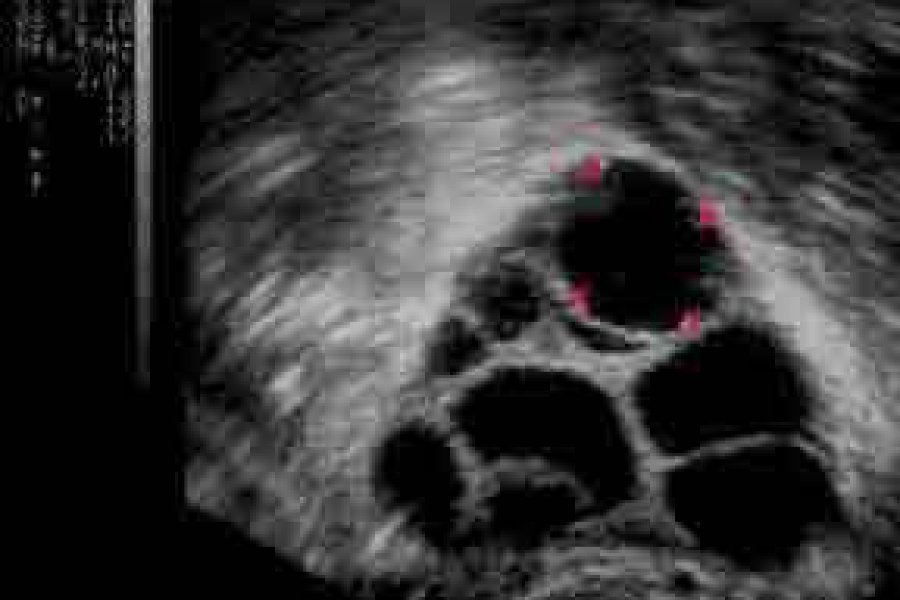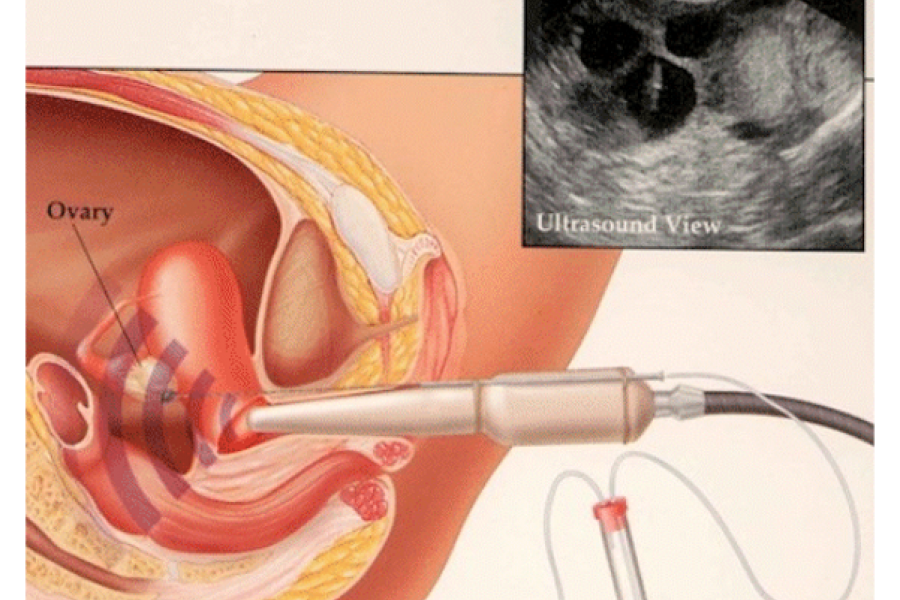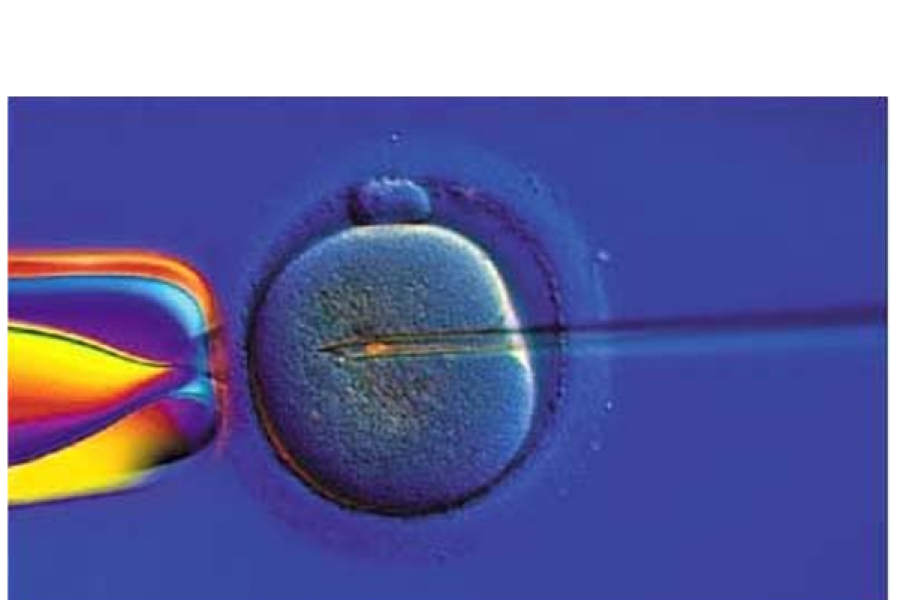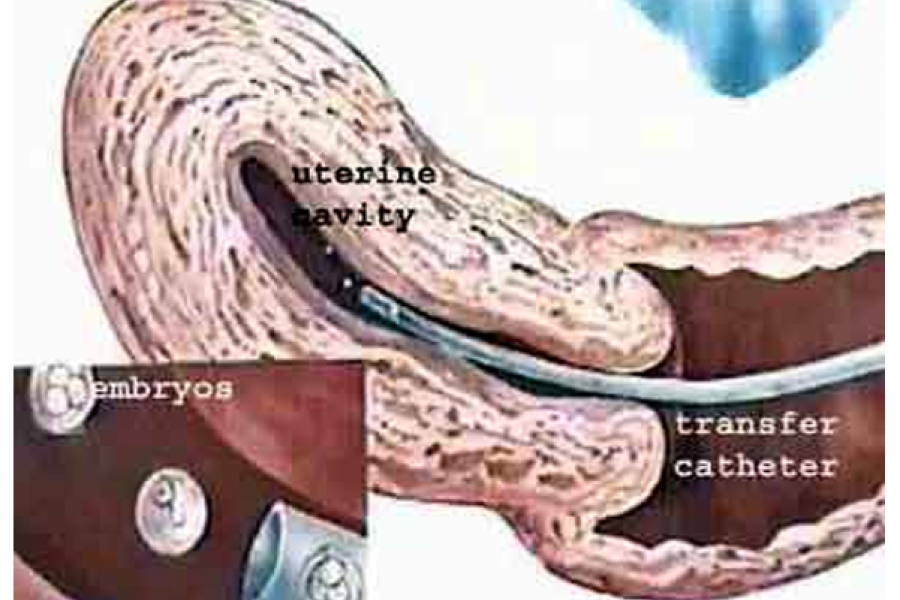COMPLICATIONS ENCOUNTERED IN IVF TREATMENT
COMPLICATIONS ENCOUNTERED IN IVF TREATMENT
Bleeding
The aspiration needle may rupture the vaginal wall mucosa and cause bleeding. Likewise, it may cause rupture on the surface of the ovary or intra-abdominal bleeding may develop as a result of injury to the ovarian vessels. Bleeding may also occur due to injury to the intra-abdominal great vessels. Intra-abdominal bleeding is a condition that can be seen between 0-1.3%.
When there is vaginal bleeding, the bleeding is stopped by applying pressure to the bleeding area. If unsuccessful, a vaginal tampon is applied or stitches are placed on the bleeding site.
When there is intra-abdominal bleeding, the patient is hospitalized and followed up. If there is no change in the general condition of the patient, if there is no decrease in blood values, it remains conservative and the bleeding is expected to stop on its own. However, if the general condition of the patient deteriorates, the blood values continue to decrease and the bleeding does not stop on its own, surgery may be required to stop the bleeding, although it is rare.
infection
It is seen between 0.2-0.5%. It usually occurs between 1-7 days after egg retrieval. The patient's body temperature reaches 38C and there are other signs of pelvic infection.
The patient is hospitalized and antibiotic therapy is started. In cases where the infection progresses, tuba-ovarian abscess (ovarian abscess) may develop. Hydrosalfenx aspiration or endometriosis cyst (endometrioma) aspiration during egg retrieval may help the development of infection.
The chance of pregnancy is very low in patients who develop infection, so in these patients, the embryos in hand are frozen instead of the transfer, and the infection is treated, and the patient is prepared for the frozen embryo transfer a few months later.
Ectopic pregnancy
It is a condition that occurs as a result of implantation of the embryo anywhere other than the uterine cavity. The probability of ectopic pregnancy after IVF procedures varies between 2.1-9.4%. Ectopic pregnancy is more common in patients with tube problems.
Medical or surgical treatment can be applied, but since the possibility of recurrence of ectopic pregnancy is high, surgical treatment should be performed in patients who will undergo IVF again and the damaged tube should be removed.
heterotropic pregnancy
It is interesting that there is an intrauterine pregnancy along with an ectopic pregnancy. While it is seen at a rate of 1/15,000 in naturally occurring pregnancies, it can be seen at a rate of 1/100 as a result of IVF treatments. It is a difficult condition to diagnose and the patient usually presents with intra-abdominal bleeding caused by ectopic pregnancy. After the ectopic pregnancy is surgically removed, there is a chance for the intrauterine pregnancy to continue.
Injury of the intestine and other intra-abdominal organs with a needle is a very rare complication.
